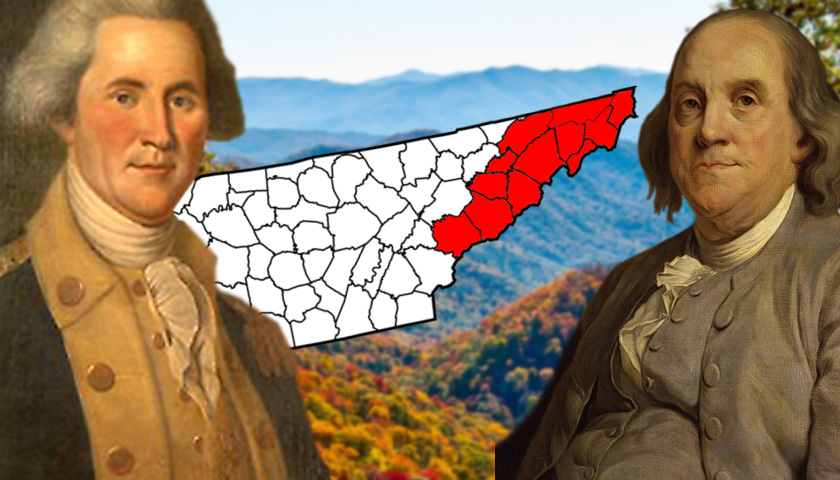The United States Constitution does, of course, contain guidelines as to how a territory may enter the Union as a full-fledged state on an equal footing with all previously-existing states. The last time that any new states were added to the United States was in the year 1959 when Alaska became the nation’s 49th state and Hawaii became the country’s 50th state. Specifically, the U.S. Constitution’s Article IV, Section 3, Clause 1 — which requires only a simple majority vote — reads: “New States may be admitted by the Congress into this Union; but no new States shall be formed or erected within the Jurisdiction of any other State; nor any State be formed by the Junction of two or more States, or parts of States, without the Consent of the Legislatures of the States concerned as well as of the Congress.” There has been recent chatter about admitting Puerto Rico into the Union as the nation’s 51st state. As the Constitution was not written until 1787 — and, once written, did not take effect until the following year — the procedure outlined within the still-in-force Articles of Confederation would have remained applicable to admission of news states up to…
Read the full story






